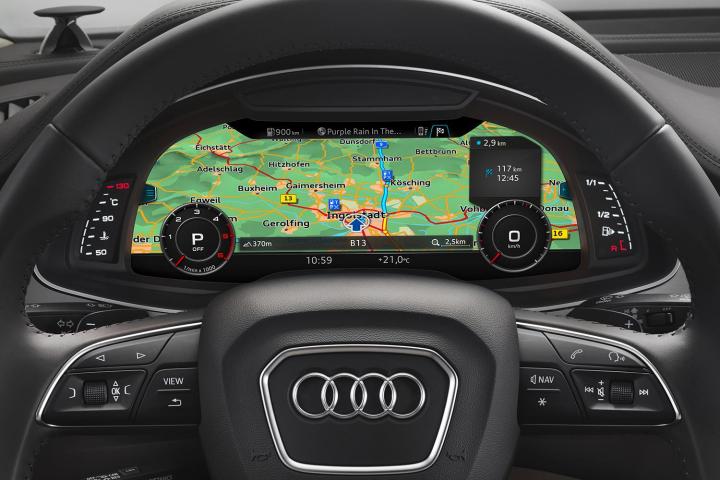
As we discussed yesterday, navigation company TomTom has been overhauling its map-making architecture to compete with companies like Google in the world of autonomous car technology. It has landed contracts with several automakers, including Audi, who will use this data for its already impressive piloted driving system.

“The importance of high-resolution, three-dimensional maps will continue to grow in the future,” explains Prof. Dr. Ulrich Hackenberg, Audi Head of Development. This, combined with the car’s onboard hardware, allows a self-driving car to navigate the streets around it. Sensors keep it from slamming into surrounding things, while the maps tell it where to go. The more precise the map, the better it will be in getting around safely and efficiently.
“We primarily use the data in situations in which a precise prediction is crucial – e.g. data on expressway interchanges, road splits and entrance and exit ramps,” Hackenberg added. Audi is looking to make the next generation A8 sedan the frontrunner of piloted driving tech in the near future.
Audi customers don’t have to wait until then to reap the benefits of high-precision maps, however. The predictive efficiency assistant in the new Audi Q7 already uses detailed route data to economize the ride – even when navigation isn’t being used. The system uses info like elevation, curves, intersections, and more to suggest to the driver the best fuel-saving practices to use on that particular drive.


